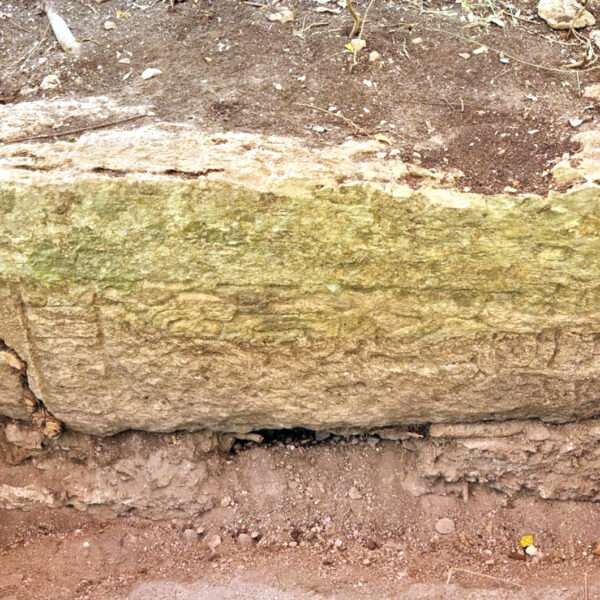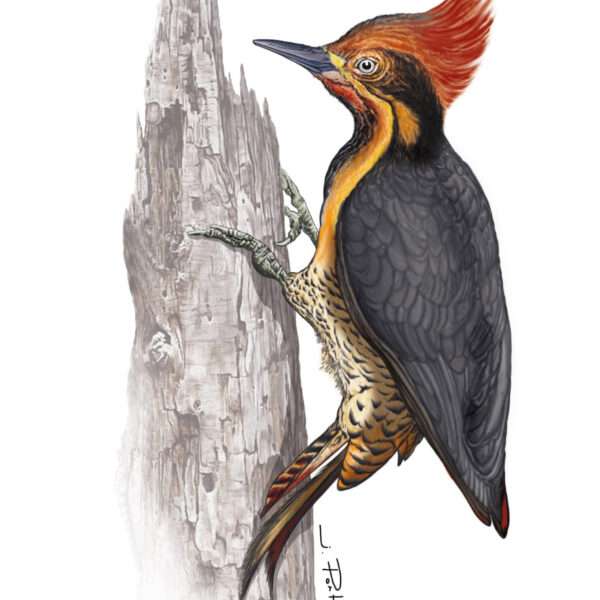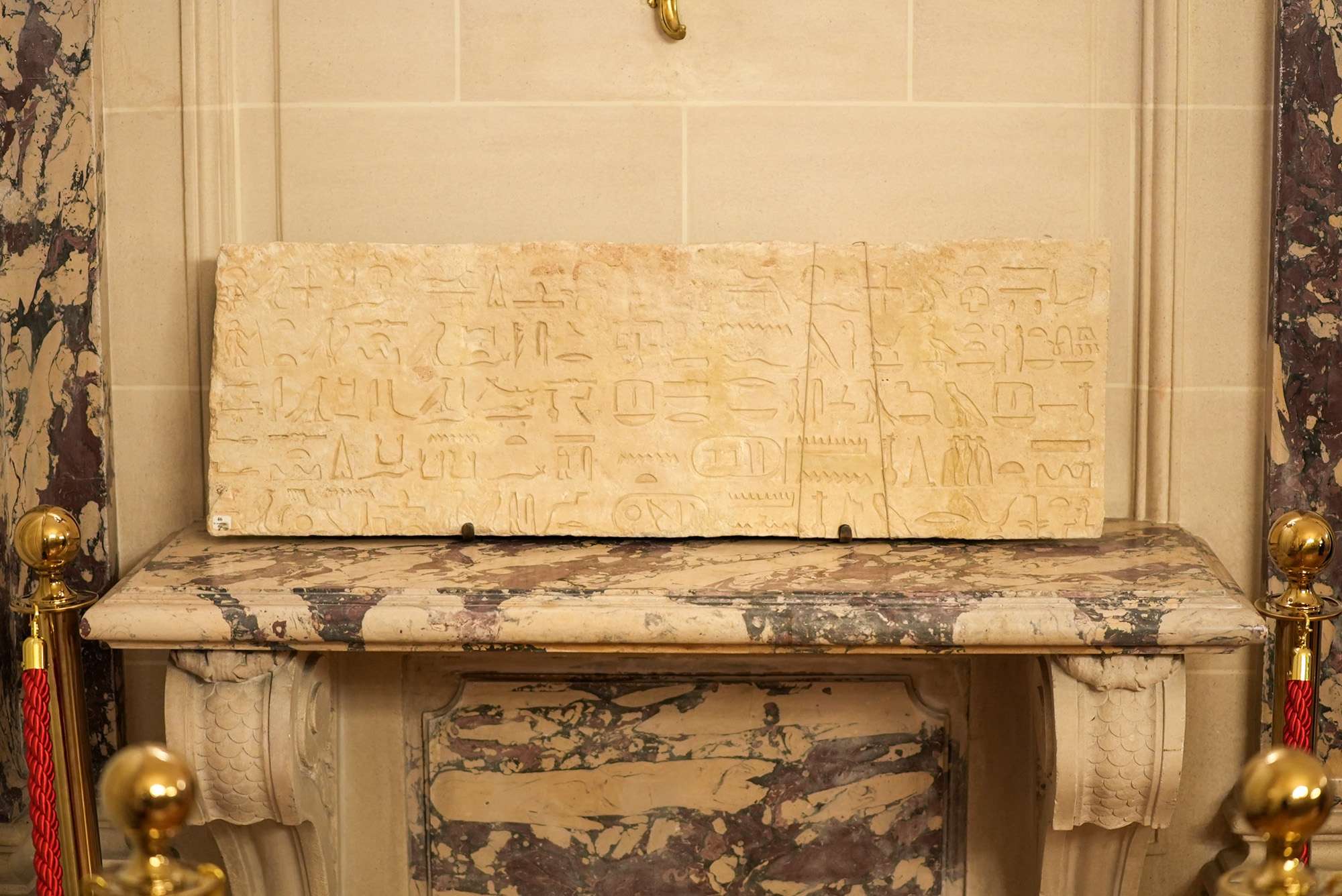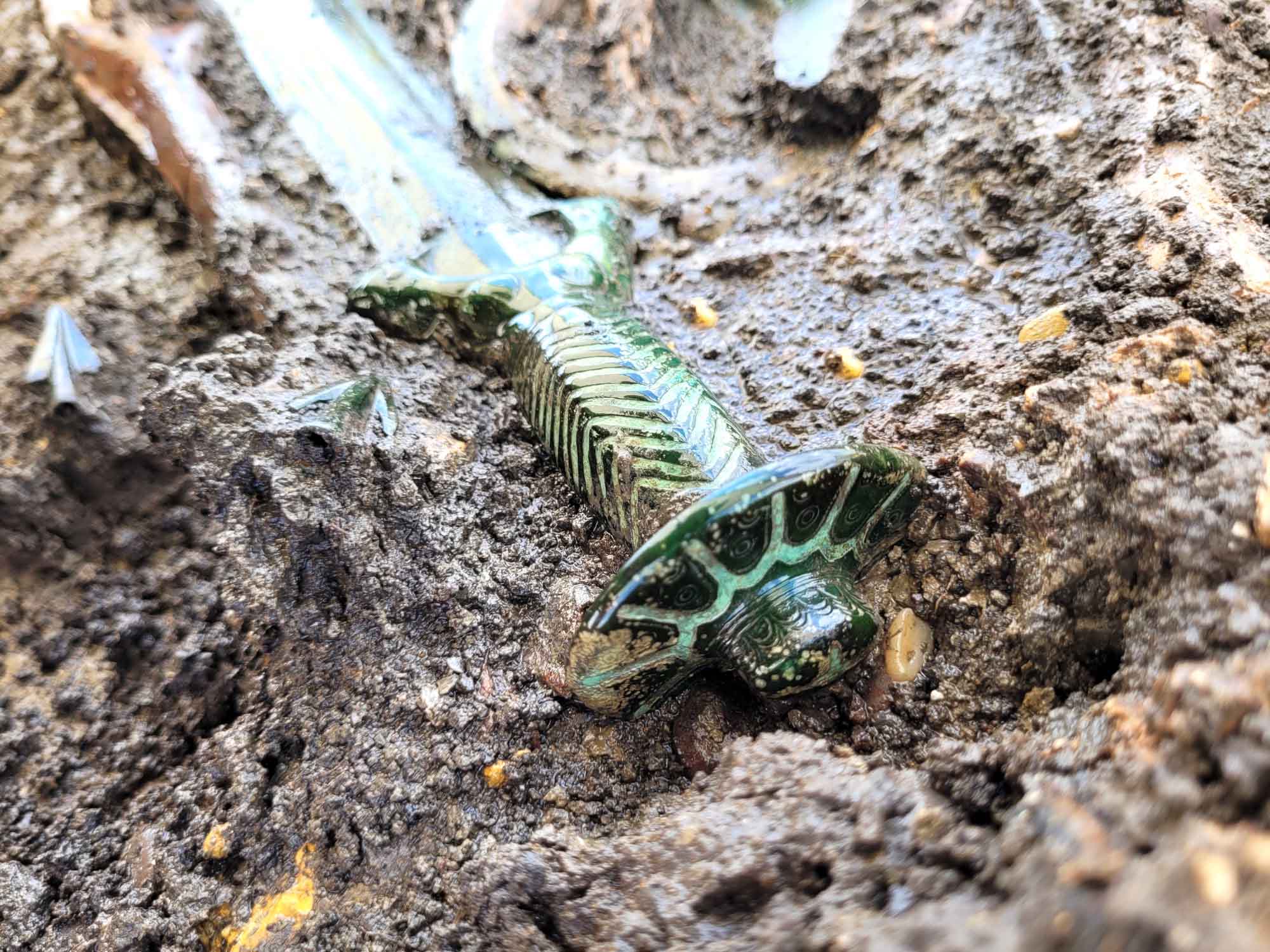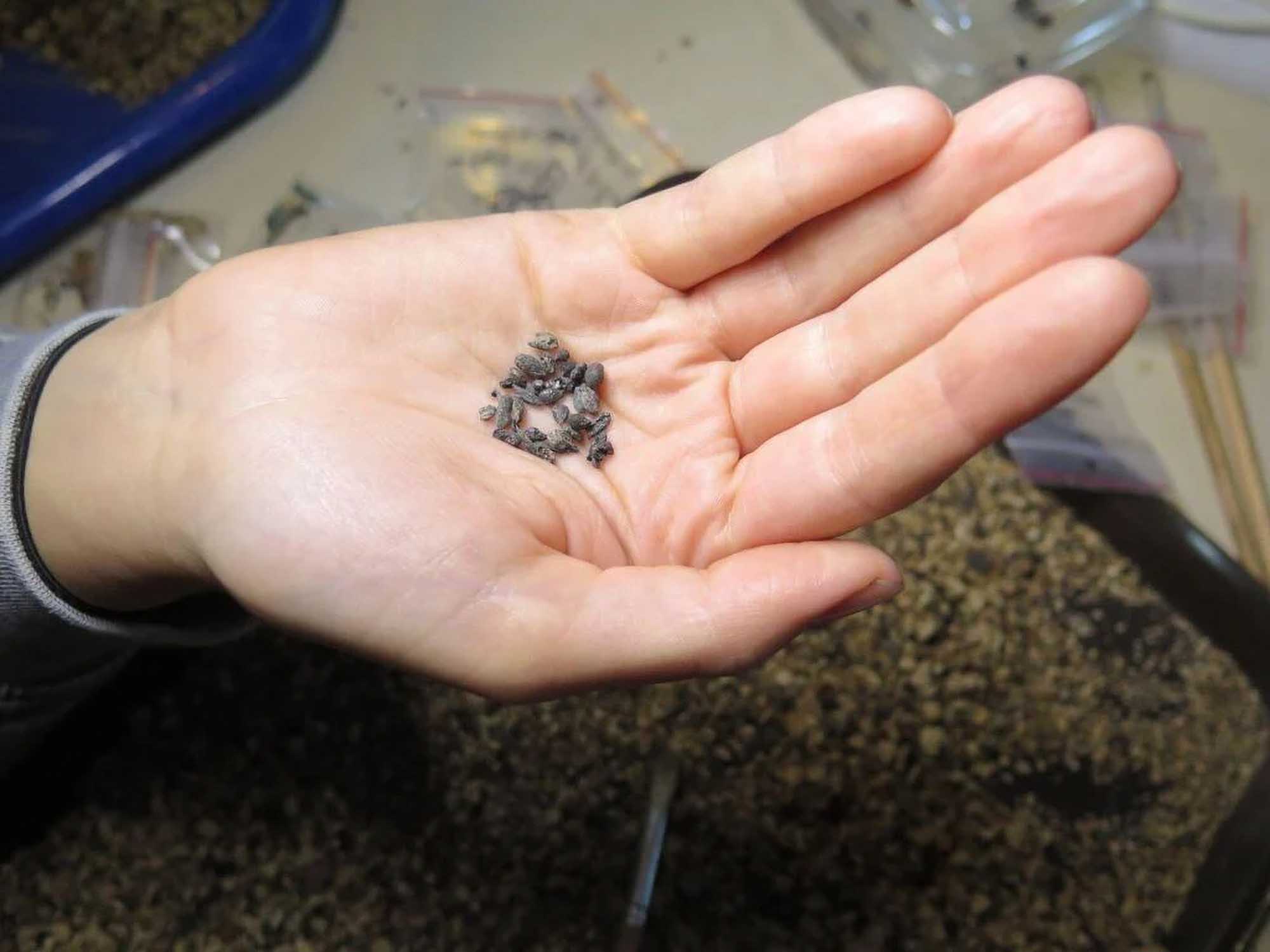A pointy-headed ancient Mayan death god dating back up to 1,800 years has been unearthed at an ancient site in Mexico.
The statue – with what appears to be a single horn in the middle of its forehead – was found as antiquities experts worked alongside railway construction teams in Yucatan.
Images of the death god statue – just 10 inches high – show it with a mask and a nose ring.
Its face had reportedly been daubed red; whether as a ritual colour or to represent blood is unknown.
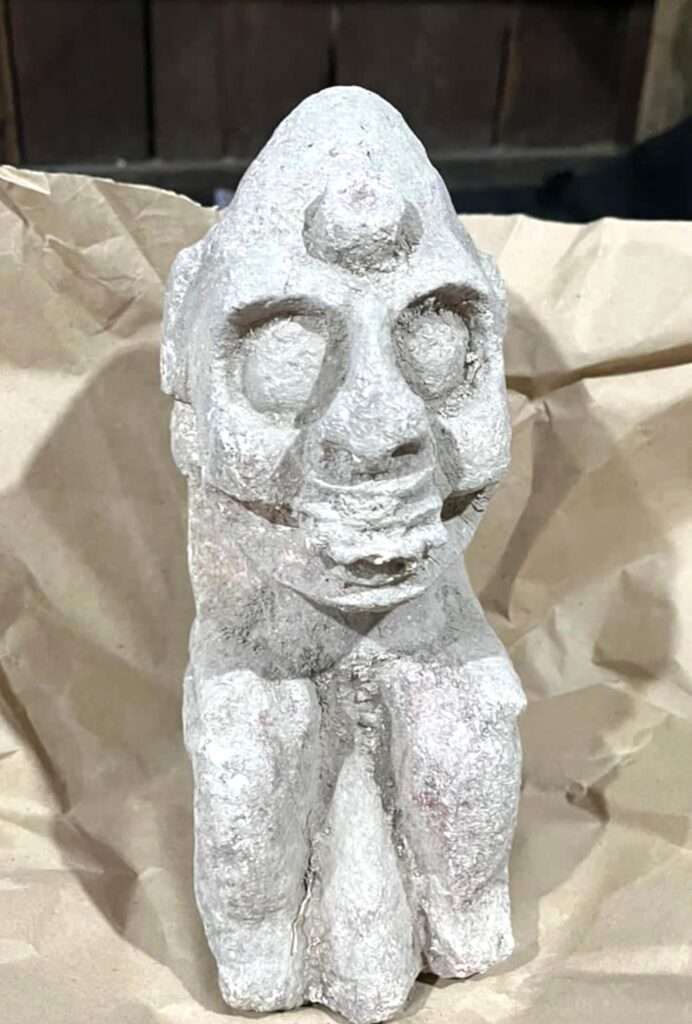
Its pyramid-shaped skull is believed to be a sign of skull lengthening, a ritual among the elite of Maya society.
Experts from Mexico’s National Institute of Anthropology and History – or INAH – say it dates back to up to 200 AD from the Early Classical era of Mayan civilisation.
It emerged on 16th June in Conhuas, in the state of Campeche, during work on Mexico’s Mayan Train, a controversial railway-building project around the Yucatan peninsular.
INAH head Diego Prieto Hernandez explained: “It is a figure that, due to its stark features, appeals to mortuary motifs and would be linked to a deity of death.”
Newsflash obtained a statement and images from the INAH saying: “In Section 7 of the Tren Maya [Mayan Train], the INAH discovered a pre-Hispanic sculpture of the deity of death.
“The limestone figure, measuring 25 centimetres, depicts a skeletal being in a seated position with a cranial modification.
“It was found near the town of Conhuas in the state of Campeche, Mexico and is estimated to date back to the Early Classic period (200-600 AD).”
They added: “The figure wears a nose ornament and a mask on the skull, and it shows traces of red pigments.”
Prieto Hernandez also said that so far, 21,960 items had been found in Section 7 of the Mayan Train.
The massive railway line – the pet project of the President of Mexico, Andres Manuel Lopez Obrador, 69 – has been controversial since it began.
Many indigenous groups and environmentalists have criticised the government for not properly investigating the impact it would have on the local wildlife.
The massive project, which has so far cost over USD 20 billion (GBP 15.6 billion), has been labelled an environmental disaster by academics and environmentalists.
But it is going ahead despite the threats it reportedly poses to the Yucatan Peninsula’s fragile ecosystem in a bid to develop tourism in the region.

